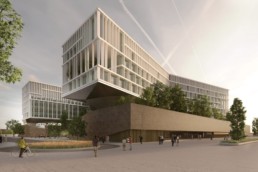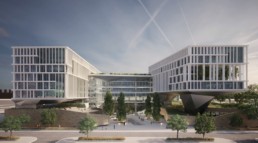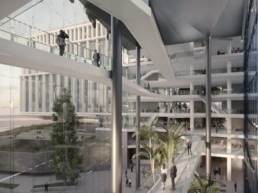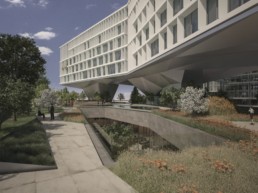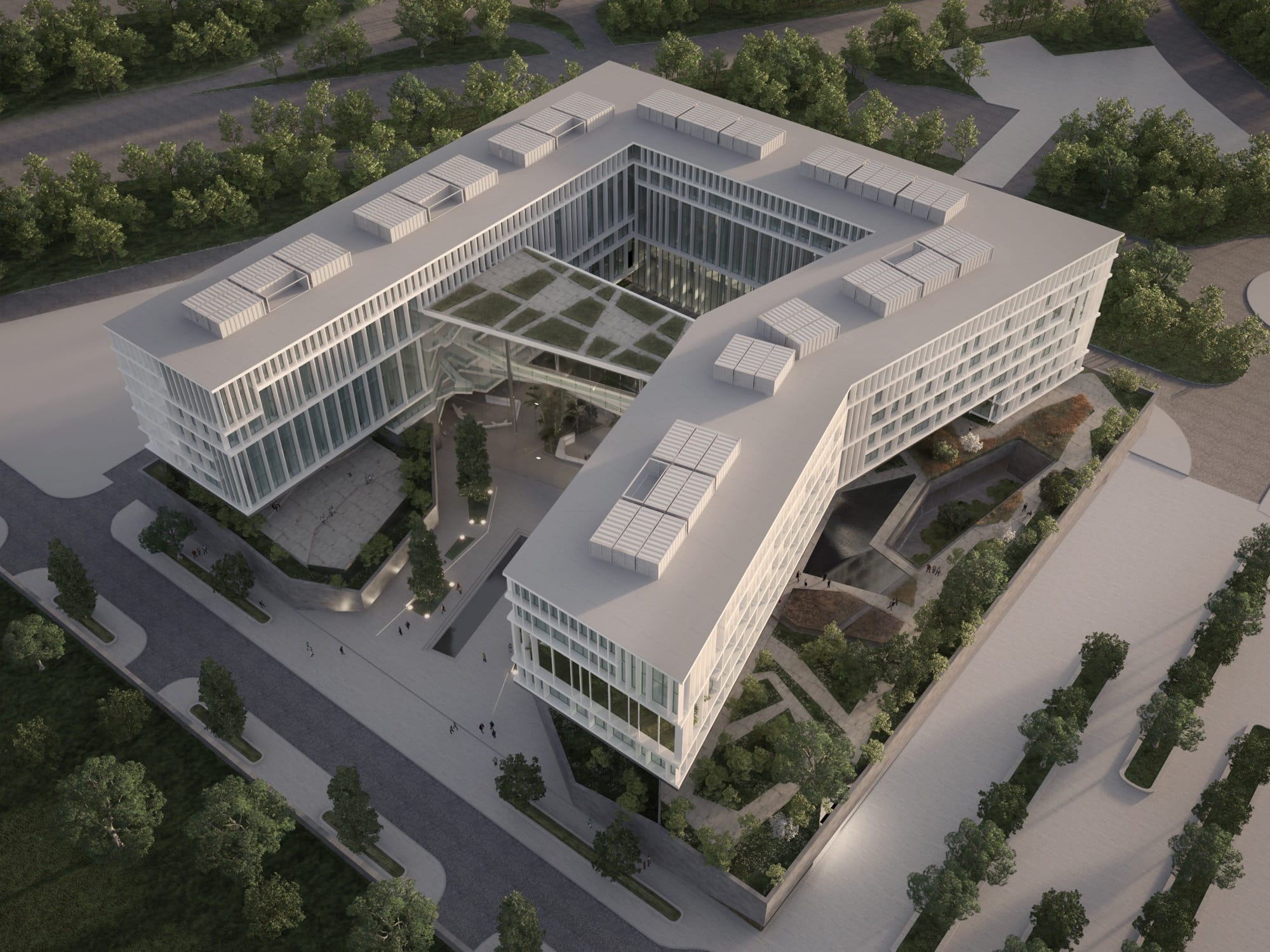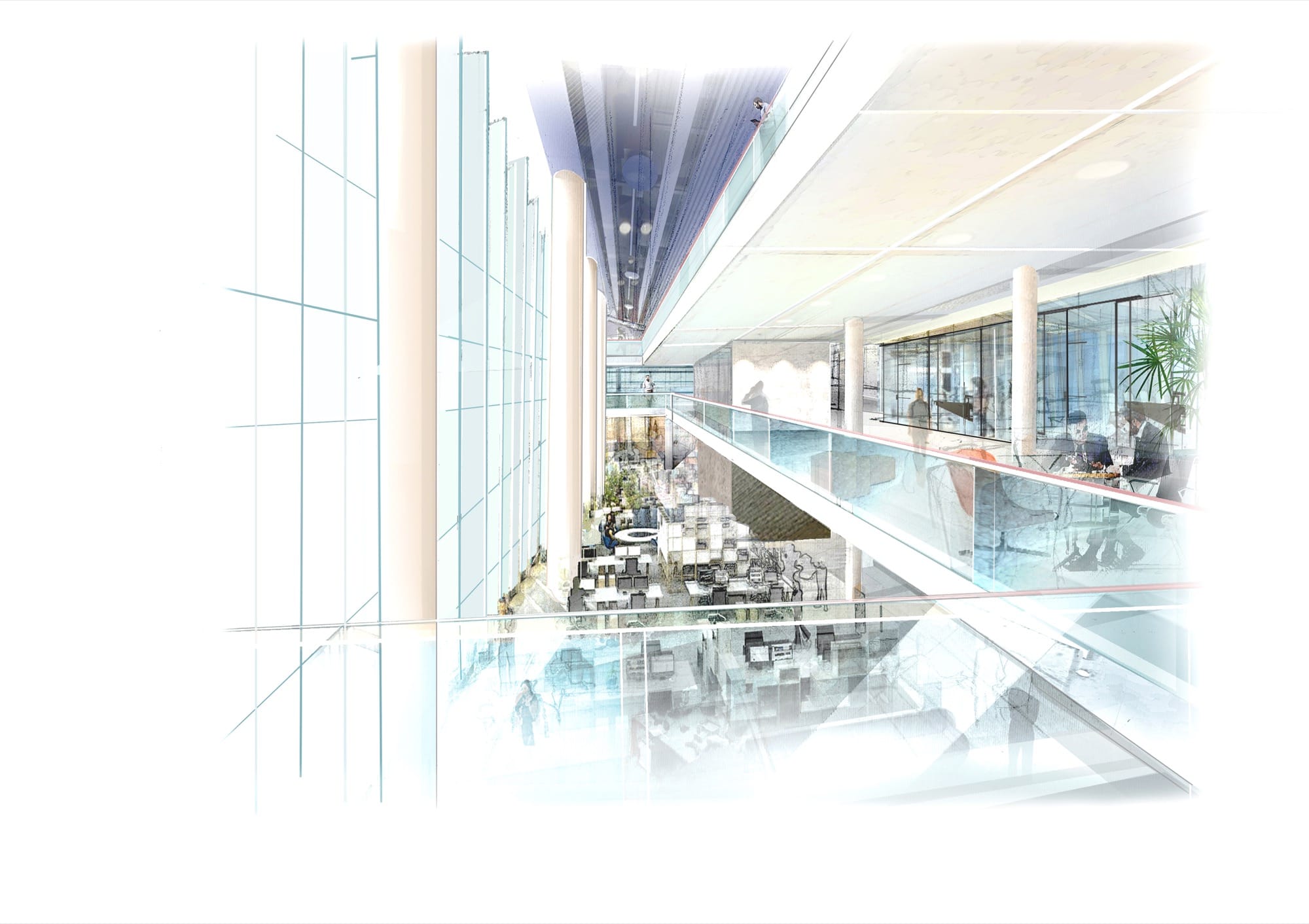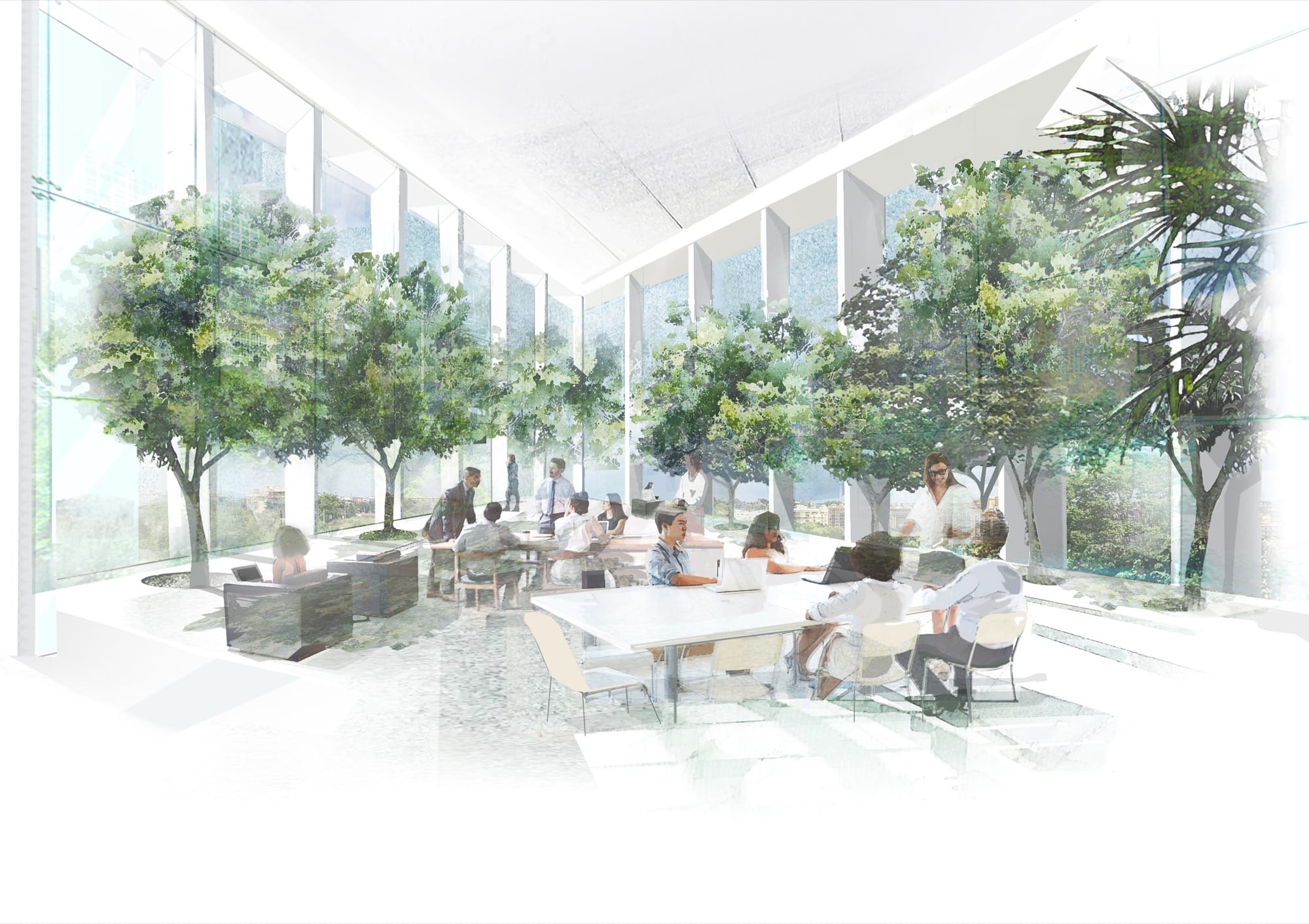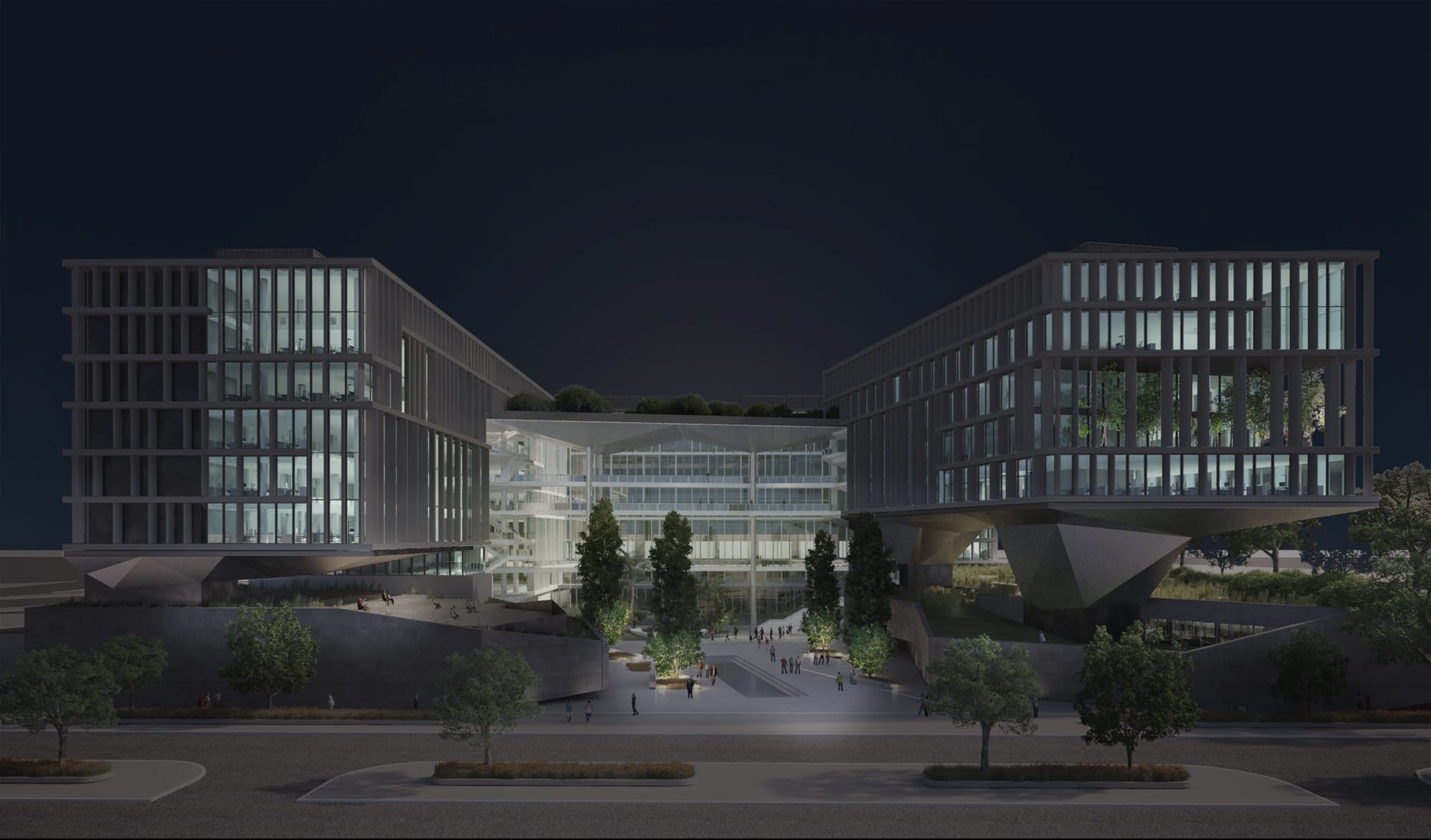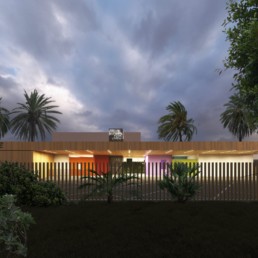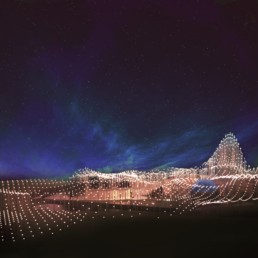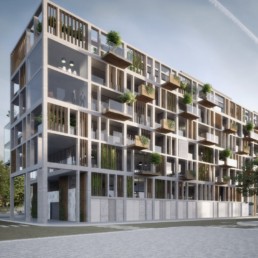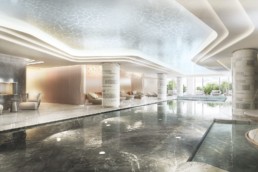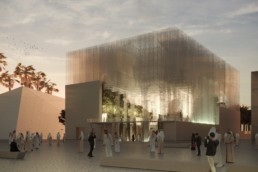Rome, Italy
New ISTAT Headquarter
Year: 2018
Client: ISTAT
Area: 40.375 sqm
Status: Competition
Design: Studio Costa Architecture
CDO: A. Costa
Design Director: V. Didier
Design Team: P. Mencacci, H. Nabil, C. Tambasco, E. Casini
Visual Artist: M. Pace
Project Engineer: Techproject S.r.l.
Landscape: M. Tolli
Bioclimatic: G. Pentella
Rendering: Opifex Laboratorio Digitale
Rome, Italy
New ISTAT Headquarter
Year: 2018
Client: ISTAT
Area: 40.375 sqm
Status: Competition
Design: Studio Costa Architecture
CDO: A. Costa
Design Director: V. Didier
Design Team: P. Mencacci, H. Nabil, C. Tambasco, E. Casini
Visual Artist: M. Pace
Project Engineer: Techproject S.r.l.
Landscape: M. Tolli
Bioclimatic: G. Pentella
Rendering: Opifex Laboratorio Digitale
In developing the architecture for the new ISTAT headquarters at Rome, the design intent has been to renew history with the language and technology of tomorrow. Design strategies have been adopted to offer flexible and comfortable spaces, both inside and outside the building. The office environment opens up to a fluid and multi-functional space that encourages collaboration by hosting formal and informal areas, regions for refreshment and relaxation, double-height rooms and gardens. Given the favorable climate the outdoor green areas become an extension of the workspaces, offering the opportunity to meet, work, leisure and, in proximity of the kindergarten, accommodate outdoor teaching spaces in a inclusive environment in contact with nature.
The podium which offers all the auxiliary functions to the public, provides a sense of fortification and protection, but also of support to the lush green enchanted world inside. This overlooks the internal square where high-level functions serve the neighborhood, the inner city as well as the international scientific community at ISTAT. The roof garden, a semi-private space dedicated to the ISTAT employees, has been carefully adorned with native plants and perennial flowering bushes .The building itself has been designed as a technological, vibrant symbol to transmit a new meaning to the institution: open and accessible to the citizens but at the same time rigorous and prestigious.
The high-tech stone cladding of the basalt type used in the façade provides great aesthetic quality, together with durability and overall economic sustainability. The façade is protected by external white ceramic lamellas designed to reduce incidence of solar radiation. LEED Gold Rating guidelines have been followed for selection of interior cladding in using high-reflection material for flooring walls and ceilings. In this manner, no aspect of design has been left to chance.
